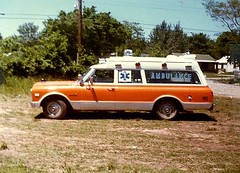- 8,009
- 58
- 48
Hey folks,
At what point does your service stop responding to calls in winds/storms/etc?
Any firm guidance?
At what point does your service stop responding to calls in winds/storms/etc?
Any firm guidance?

